No Butter? No Problem. Your Ultimate Guide to Swaps That Actually Work
I’ve been working in professional kitchens for a long, long time, and if there’s one ingredient that’s the undisputed MVP, it’s butter. It’s not just some fat you throw in a pan; it’s the secret to flavor, the foundation of texture, and the magic behind a perfect bake. I’ve seen it create impossibly flaky layers in delicate pastries and brown into a nutty, heavenly sauce with nothing more than a little heat.
In this article
But let’s be real. We’ve all been there: staring into the fridge, ready to bake, only to find an empty butter dish. Or maybe you’re cooking for someone with a dairy allergy, or just trying to make a recipe a bit healthier. The need to swap out butter is one of the most common kitchen curveballs.
Finding a good substitute isn’t about finding a perfect clone. It’s about playing matchmaker. You need to figure out what butter’s job is in that specific recipe and then hire the right replacement. Are you going for rich flavor? Fluffy texture? A tender crumb? The answer changes everything. So, this isn’t just another list of swaps. We’re going to break down how these ingredients really work, based on tons of trial and error, so you can substitute like a pro.
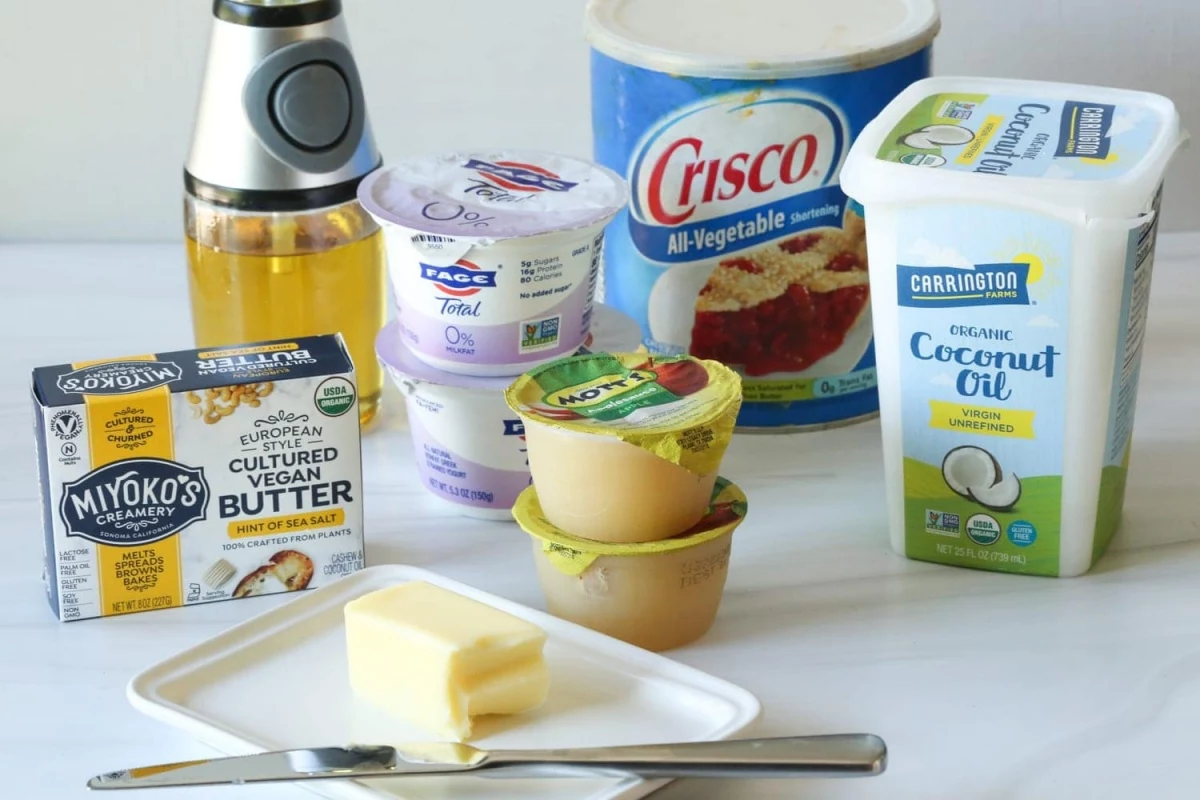
First, Why Is Butter So Special?
Before you can replace the star player, you gotta understand their moves. Butter isn’t just 100% fat, and that’s the detail that trips up a lot of home bakers. Standard butter is roughly 80% fat, with the other 20% being a mix of water and milk solids. This unique combo is where the magic happens.
- The Fat (about 80%): This is what brings the richness and tenderness. It basically wraps around the flour in your dough, keeping it from getting tough. This is why a good shortbread melts in your mouth instead of being chewy. Fancier butters, often called European-style, might have a slightly higher fat content, which gives them an even richer flavor.
- The Water (about 15-18%): This is the unsung hero of all things flaky. When you bake something like a pie crust, the water trapped in the cold butter turns into steam. That steam puffs up and pushes the dough layers apart, creating those light, airy pockets we all crave. Heads up: most substitutes, like oils and shortening, have zero water.
- The Milk Solids (just 1-2%): Don’t let the small number fool you. These little bits of protein and sugar are the source of browned butter’s incredible, nutty flavor. When they get hot, they toast and caramelize, adding a depth you just can’t get from plain oil.
Butter also has a fairly low melting point, getting soft on a warm day. This is key for the “creaming method,” where you beat butter and sugar together. The sugar crystals cut into the solid fat, creating thousands of tiny air pockets that give cakes a light, even crumb. A substitute with a different melting point just won’t behave the same way.
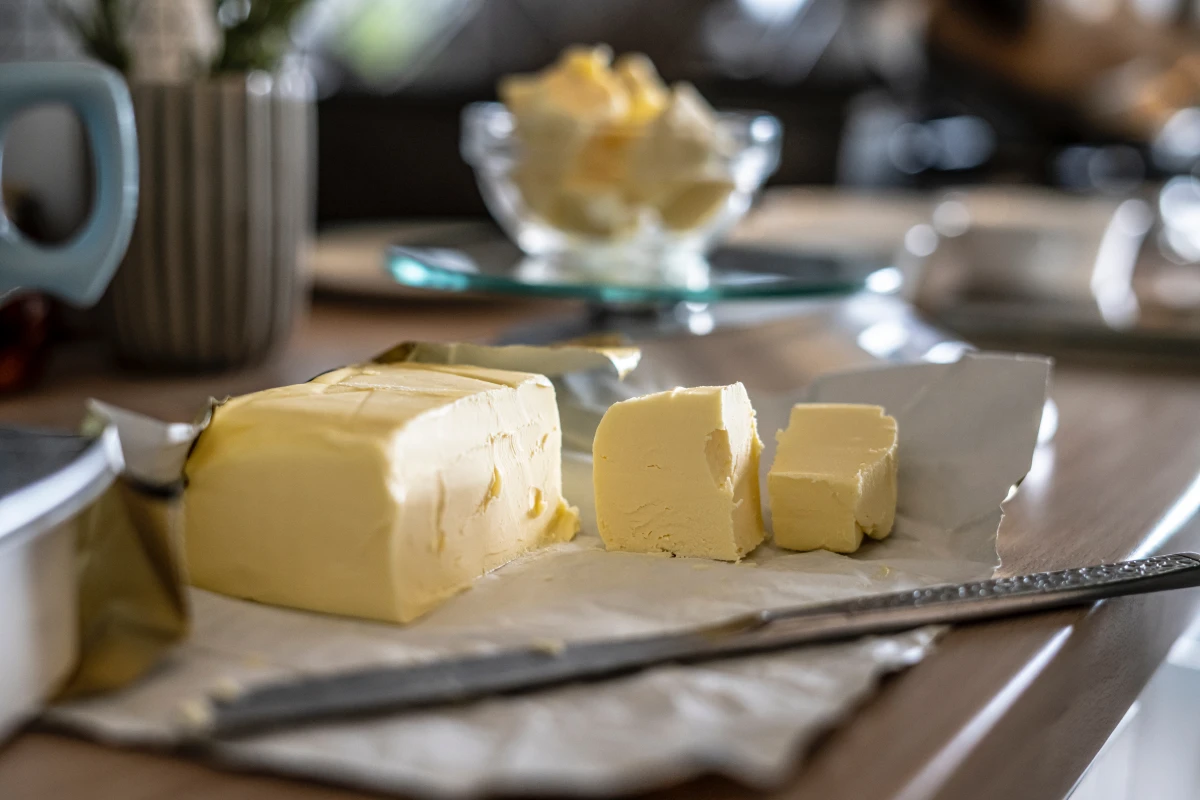
The Go-To Butter Swaps: Your Kitchen Workhorses
These are the most common and reliable substitutes you’ll find. Each one has its pros and cons, which I’ve learned through countless batches of cookies, cakes, and frostings.
1. Vegetable Shortening
Ah, shortening. I once watched a new cook use it 1:1 for butter in a shortbread recipe. The cookies came out pale, weirdly tall, and tasted like… well, nothing. The ratio was right, but the science was wrong.
What it is: Basically 100% vegetable fat that’s solid at room temperature. Modern versions are trans-fat-free. The key thing to remember is it has no water and no milk solids.
Why it works (sometimes): It has a high melting point, which means it stays solid longer in the oven. This is fantastic for cookies because they spread less and bake up taller and softer. It’s also 100% fat, so it’s amazing at creating a super tender, crumbly texture in things like pie crusts.
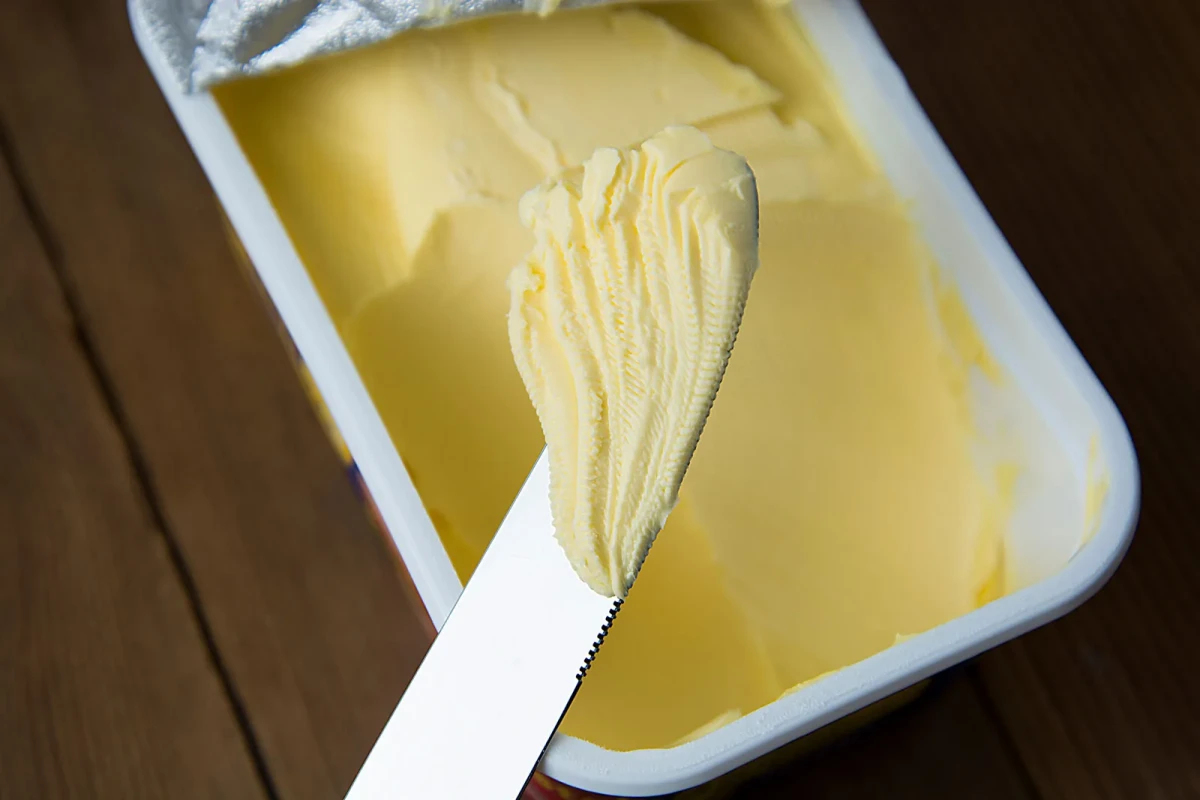
Best for: Thick, soft cookies; incredibly tender pie crusts; and very stable frostings that won’t melt in a warm room.
Where it fails: Flavor. It’s completely neutral, so you lose all the deliciousness of butter. It also doesn’t brown, so your bakes will be paler. Don’t even think about it for flaky pastries.
The Pro Swap: Use it 1:1 by volume (e.g., 1 cup for 1 cup). Since you’re losing water, it’s a good idea to add about 1 tablespoon of milk or water per cup of shortening used. To make up for the flavor loss, add an extra splash of vanilla and a good pinch of salt. That salt is crucial! A fun trick to help with browning is to brush the tops of your cookies with a little milk before they go in the oven.
Budget-wise: Shortening is very affordable, usually just a few dollars for a canister. ($)
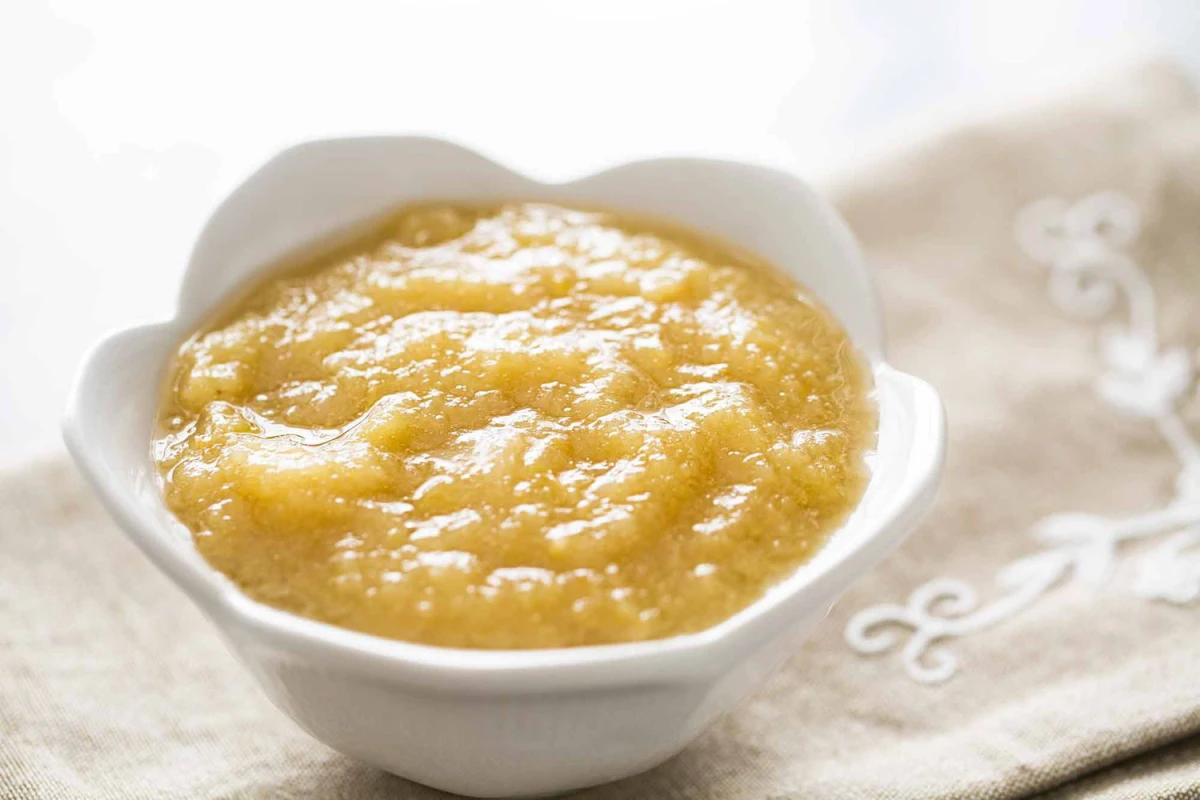
2. Margarine Sticks
Margarine has come a long way. The early stuff was pretty awful, but modern formulas are much better. But you HAVE to read the label.
What it is: An emulsion of vegetable oil and water made to mimic butter. The fat content is all over the place. For baking, you absolutely must use stick margarine that says it has at least 80% fat. Do NOT use the soft stuff in a tub—its high water content will destroy your recipe.
Why it works: The good stuff (80% fat sticks) is chemically very similar to butter, so it behaves in a predictable way. It’s a solid dairy-free or vegan swap in many recipes.
Best for: General baking like cakes, muffins, and quick breads, especially where the butter is just melted anyway. It tends to make things a bit softer than butter does.
Where it fails: Flavor and crispness. Even the best ones can have a slightly artificial taste, and you won’t get the same crisp edges on cookies.
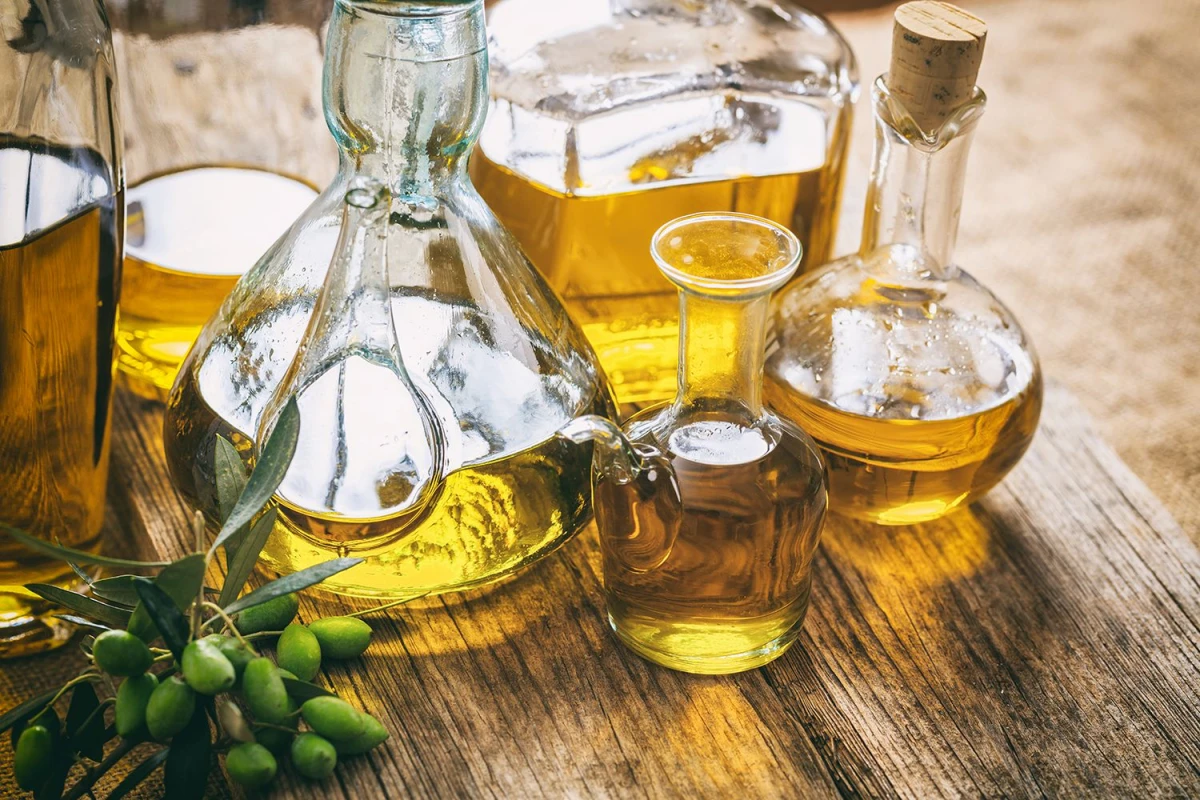
The Pro Swap: Use 80% fat margarine sticks in a 1:1 ratio for butter. Seriously, check the fat percentage on the box. You can find them in any major grocery store. They’re a reliable, budget-friendly option.
Budget-wise: Usually cheaper than butter. ($)
3. Coconut Oil
I was skeptical about coconut oil at first, but after developing recipes for a vegan bakery, I became a convert. It has some really unique properties.
What it is: A plant-based fat that’s solid when cool (below about 76°F / 24°C). You can get unrefined (virgin), which tastes strongly of coconut, or refined, which is totally neutral. For most baking, you want the refined stuff.
Why it works: It’s nearly 100% fat, and when solid, it can be creamed just like butter. It’s a fantastic vegan option that creates a wonderfully moist texture.
Best for: Dense, rich bakes like brownies and vegan cakes. When melted, it makes cookies wonderfully crisp. It’s also a star in no-bake desserts because it gets very firm when chilled.
Where it fails: Its low melting point can be tricky. It can go from solid to greasy liquid from the heat of your hands. This makes it tough for flaky pastries and less effective for creaming super light, airy cakes.
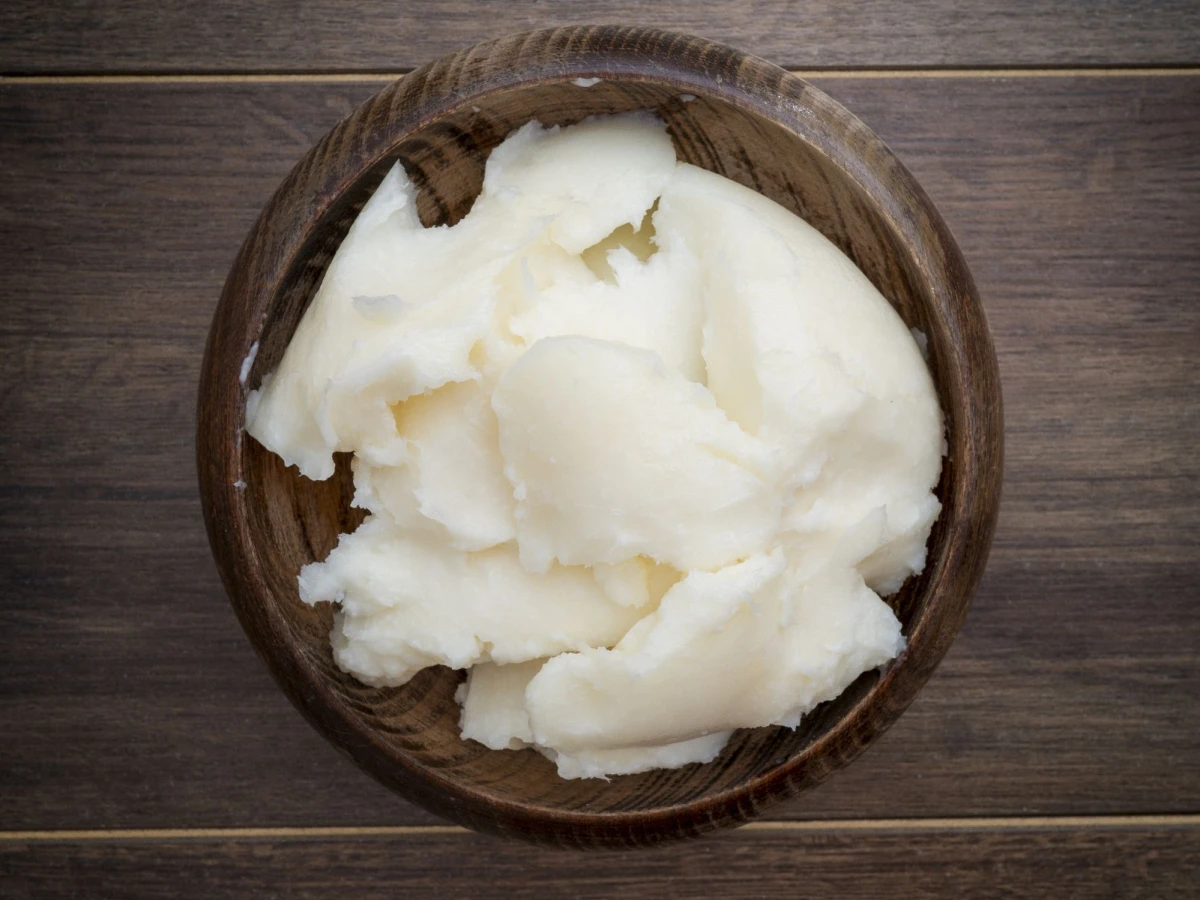
The Pro Swap: Use it 1:1 for butter. If the recipe calls for softened butter, make sure your oil is in a solid, scoopable state (pop it in the fridge for 15 minutes if needed). If it calls for melted butter, use melted coconut oil. Like shortening, you might want to add a tablespoon of liquid per cup of oil used to make up for the missing water.
Budget-wise: A big tub of refined coconut oil can seem pricey upfront (around $8-$12), but it lasts a long time. ($$)
4. Neutral Oils (Canola, Vegetable, Grapeseed)
This is probably the easiest swap in the book, especially for certain recipes.
Quickest Win Right Here: If your recipe calls for melted butter (think brownies, many muffins, or some quick breads), this is your move. It’s the simplest substitute there is.
What it is: 100% liquid fat. No water, no solids, no structure.
Why it works: Oil is fantastic for moisture. It coats the flour and prevents gluten from getting too tough, resulting in a very tender, moist crumb. Think of the texture difference between a classic butter cake and a super moist carrot cake (which is almost always made with oil).
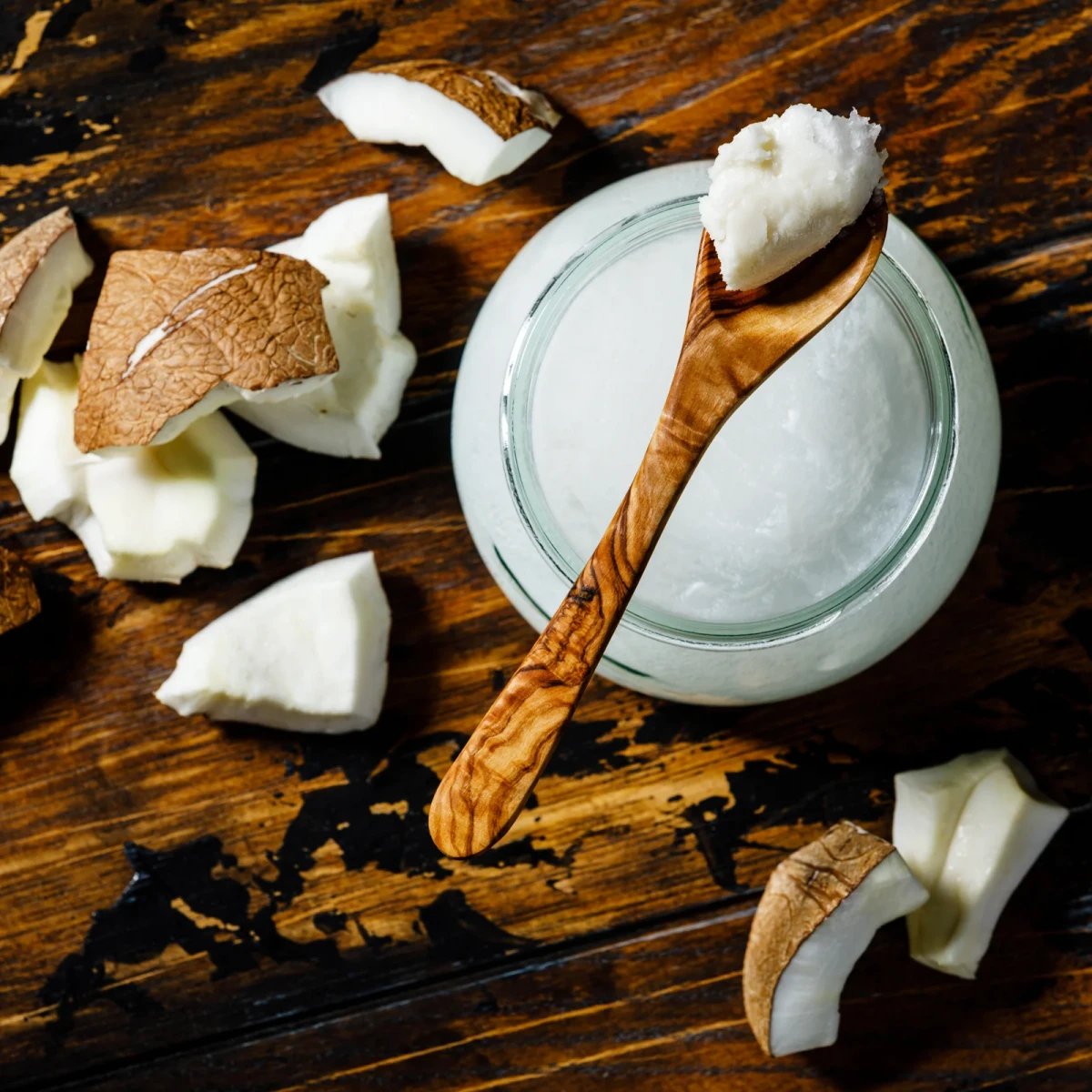
Best for: Muffins, quick breads, and many cakes where moisture is the main goal.
Where it fails: Anything that needs creaming for lift or flakiness. If you try to make a traditional butter cookie or pie crust with it, you’ll end up with a dense, oily mess.
The Pro Swap: This is important: don’t use a 1:1 ratio! Since butter is only 80% fat, you need less oil. The golden rule is to use 3/4 cup of oil for every 1 cup of butter. Any more and your bake might turn out greasy.
Budget-wise: Very affordable. You probably have a bottle in your pantry right now. ($)
The Old-School & Specialty Swaps
Let’s venture off the beaten path a bit. These might not be everyday substitutes, but they are amazing in the right context.
5. Lard
Before shortening, there was lard. A baking mentor of mine swore by it for pie crusts, and honestly, she was right. The flakiness is unreal.
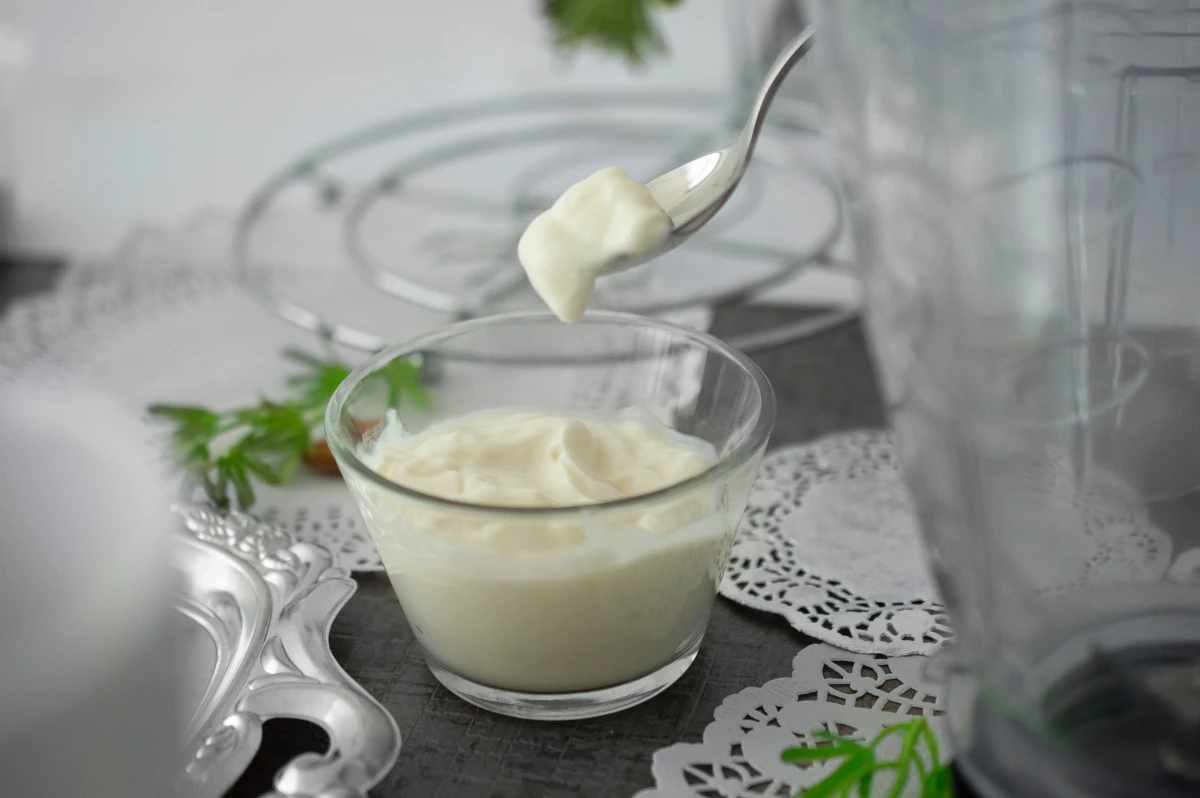
What it is: Rendered pork fat. It’s about 100% fat and solid at room temperature. For baking, you want to find “leaf lard,” which is the highest quality and has a very neutral flavor. You can often find it at a local butcher shop for a reasonable price, sometimes just a few dollars a pound.
Best for: The absolute gold standard for flaky pie crusts and traditional Southern-style biscuits.
Where it fails: Not for delicate cakes or cookies, as lower-quality lard can have a savory flavor. And obviously, it’s not for vegetarian or vegan baking.
The Pro Swap: Use it 1:1 for butter in recipes where you want serious flakiness. Lard is unsalted, so you must add about 1/4 teaspoon of salt per cup used to make up for it.
Budget-wise: Can be very budget-friendly if you get it from a butcher. ($)
6. Fruit Purées (Applesauce, Mashed Banana, etc.)
These are the go-to for reducing fat, but you need to know what you’re getting into. The texture will change—a lot.
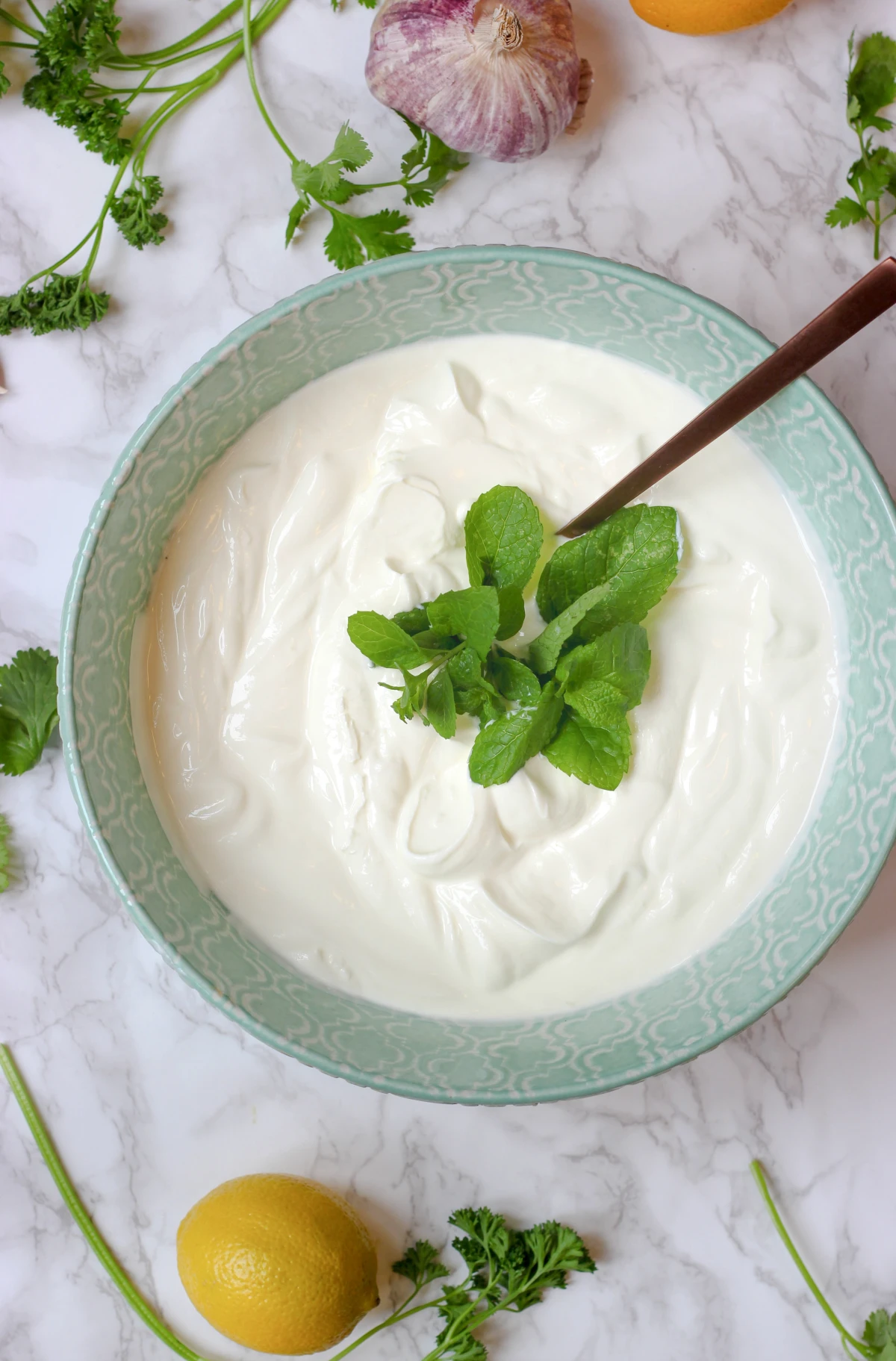
Why it works: Purées provide moisture and bulk. The natural fibers and pectin help bind things together. But with almost no fat, the result will be much denser and more cake-like than chewy.
Best for: Very moist, dense goods like brownies, spice cakes, and quick breads (banana bread is the classic example).
Where it fails: Anything that’s supposed to be crisp, flaky, or light. Don’t try to make shortbread with applesauce. Also, the fruit flavor will come through, so choose wisely!
The Pro Swap: This is not a full replacement. A good starting point is to replace up to half of the butter with an equal amount of purée. For example, if a recipe needs 1 cup of butter, use 1/2 cup of butter and 1/2 cup of unsweetened applesauce. If you use a sweetened purée, you need to cut the sugar in the recipe. A good rule of thumb is to reduce the sugar by about 1/4 cup to start.
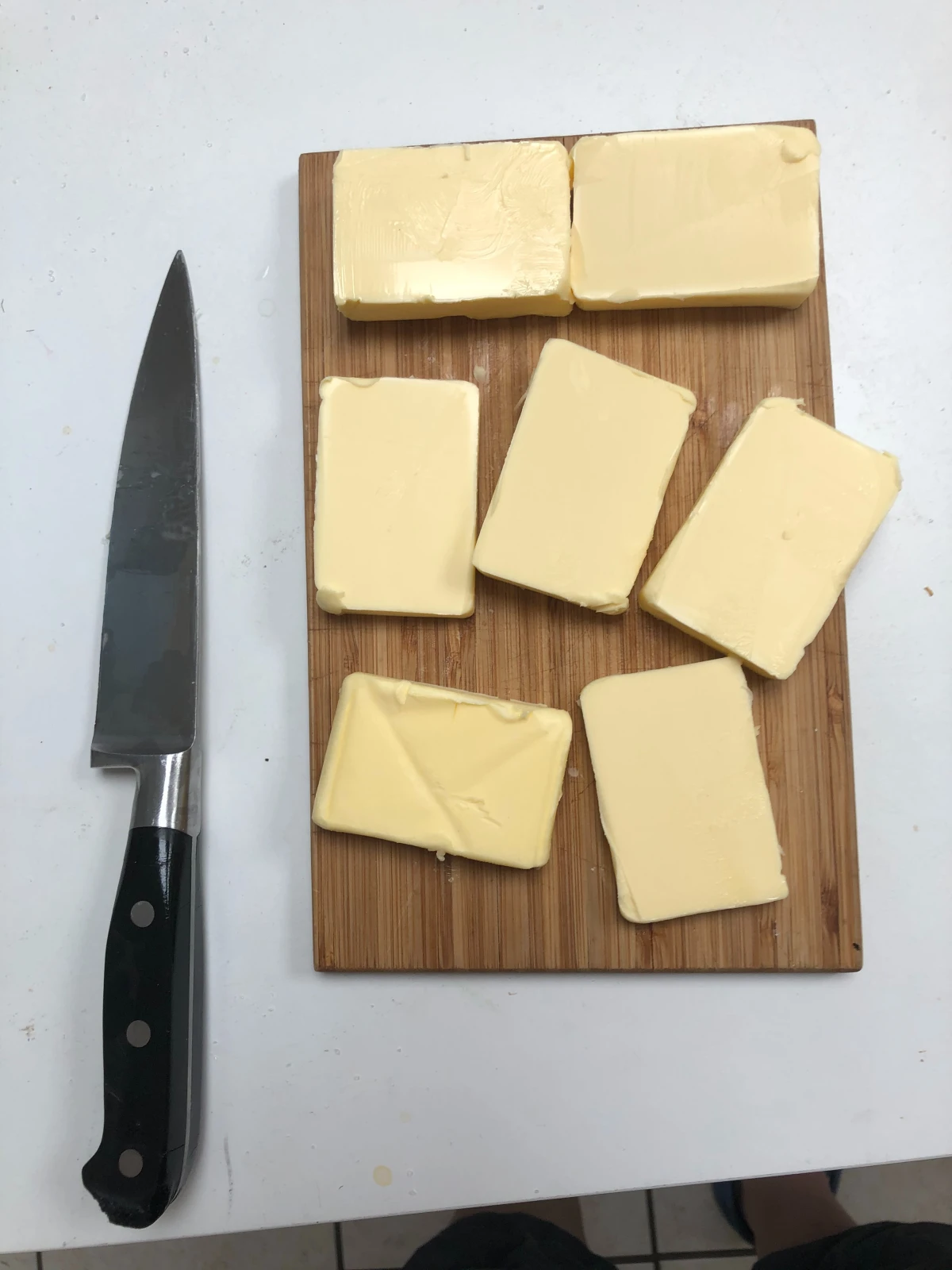
7. Vegan Butters
The world of vegan butter has exploded, and some of the products out there now are seriously impressive.
What they are: Specially formulated blends of plant-based oils, nuts, and water designed to act just like butter. Look for brands specifically marketed for baking, like Miyoko’s Kitchen or Country Crock Plant Butter sticks. You can find them in the natural foods aisle of most supermarkets.
Why they work: The best ones are engineered to have that 80% fat content and a similar melting point to dairy butter. I’ve used them to make everything from cookies to buttercream with great success.
The Pro Swap: For the high-quality baking sticks (again, not tubs!), you can usually do a direct 1:1 substitution. They are often unsalted, so check the label and be prepared to add a pinch of salt. Performance varies by brand, so it’s smart to test a small batch first.
Budget-wise: These tend to be more expensive than regular butter, sometimes costing $7-$9 per package. ($$$)
What About… Avocado or Nut Butters?
I see these pop up online, so let’s talk about them. To be frank, they are usually a bad idea for baking.
Both avocado and nut butters (like peanut or almond butter) contain fat, but they also have a lot of other stuff—fiber, protein, and very strong flavors. They don’t melt or cream like butter. Using them often results in heavy, dense, or oily baked goods that taste overwhelmingly of avocado or nuts. They’re great on toast, but I’d steer clear of them as a 1:1 butter substitute in most baking recipes.
Your First Experiment
When you start swapping ingredients, you become a recipe developer. It’s fun! But remember, for some recipes—like a true puff pastry or a classic, butter-forward shortbread—there’s just no substitute. In those cases, my best advice is to honor the recipe and use the real thing.
But for everything else? It’s time to play. Here’s a challenge for you: pick a simple cookie or muffin recipe you know well. Choose one of the substitutes we talked about—maybe swap half the butter for applesauce, or try oil instead of melted butter. Take notes. Did it spread more? Was it softer? Learning to read the results will make you a more confident and adaptable baker.
The goal isn’t to trick anyone into thinking it’s butter. It’s to create something delicious in its own right.
Inspirational Gallery
The Ghee Misconception: While it’s made from butter, ghee (clarified butter) is not a 1:1 substitute. During clarification, all water and milk solids are removed, leaving nearly 100% pure butterfat. This means it’s fantastic for high-heat cooking but won’t create steam for leavening in pastries and lacks the browning solids for that classic nutty flavor.
- A remarkably tender and moist crumb.
- A subtle, fruity note that complements spices like cinnamon and ginger.
- A natural way to reduce overall fat and calories.
The secret to these benefits in muffins and quick breads? Unsweetened applesauce. Use 1/2 cup of applesauce for every 1 cup of butter called for, but be prepared for a denser, more cake-like result.
A 2021 study in the Journal of Food Science found that avocado puree could replace up to 50% of the butter in a cookie recipe without significantly altering consumer acceptance, while dramatically improving the nutritional profile.
This isn’t just a health hack. Using pureed avocado (1:1 for butter) creates an incredibly soft, almost fudgy texture, perfect for brownies or chocolate cookies where its mild flavor is masked by cocoa. The result is a richer, denser baked good that stays fresh for longer.
Wondering how to replicate that nutty browned butter flavor when using oil?
Try making a
For flaky pie crusts and biscuits, the real challenge is replacing butter’s solid state. Liquid oils can’t be ‘cut in’ to create those crucial pockets of fat. Your best bet is a solid-at-room-temperature fat.
- Lard: The traditional choice, yields an incredibly flaky and savory crust. Ideal for savory pies.
- Vegetable Shortening (like Crisco): Creates a very tender, though less flavorful, result. It’s a reliable, budget-friendly option.
- Chilled Coconut Oil: A great vegan alternative. Use refined coconut oil to avoid a strong coconut flavor in your bake.
For the Cookie Connoisseur:
Melted Butter Substitute: If a recipe calls for melted butter (common in chewy cookies and brownies), you can often get away with a neutral oil like canola or grapeseed oil in a 1:1 ratio. This works because the primary role of the fat is moisture and richness, not aeration.
Creamed Butter Substitute: If the recipe starts with
Don’t overlook the dairy aisle for non-butter options. Full-fat Greek yogurt or sour cream can replace up to half the butter in cakes and breads. The acidity tenderizes the gluten, resulting in a soft texture with a subtle tang that works beautifully in lemon or coffee cakes. Brands like Fage or Daisy provide the necessary high-fat content for the best results.
Think outside the box: Tahini, a paste made from sesame seeds, is a classic fat in Middle Eastern sweets like halva and some cookies.
When a recipe relies on butter for structure as much as flavor—think shortbread or pound cake—a simple swap won’t do. These recipes are emulsions. This is where modern plant-based butter blocks truly shine. Products like Country Crock Plant Butter with Avocado Oil are engineered with a specific fat-to-water ratio, often using a blend of palm, shea, or coconut oils, to behave almost identically to dairy butter when creamed, chilled, or melted.
A common pitfall: Using a low-fat spread or margarine in a tub. These products often have a very high water content and contain extra air from whipping. Using them in baking can lead to a greasy, flat, and disappointing result. Stick to substitutes with at least 75-80% fat for predictable success.










